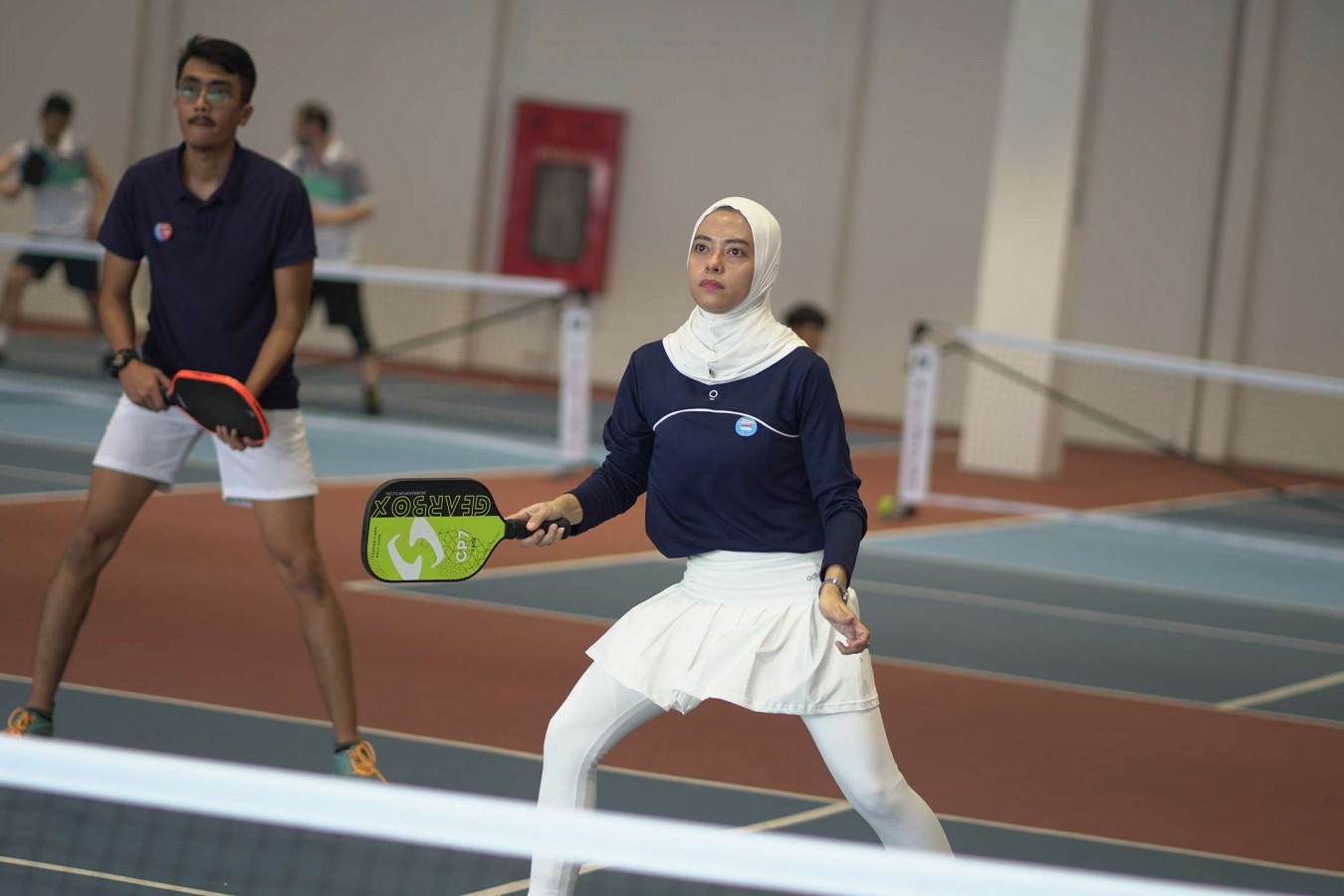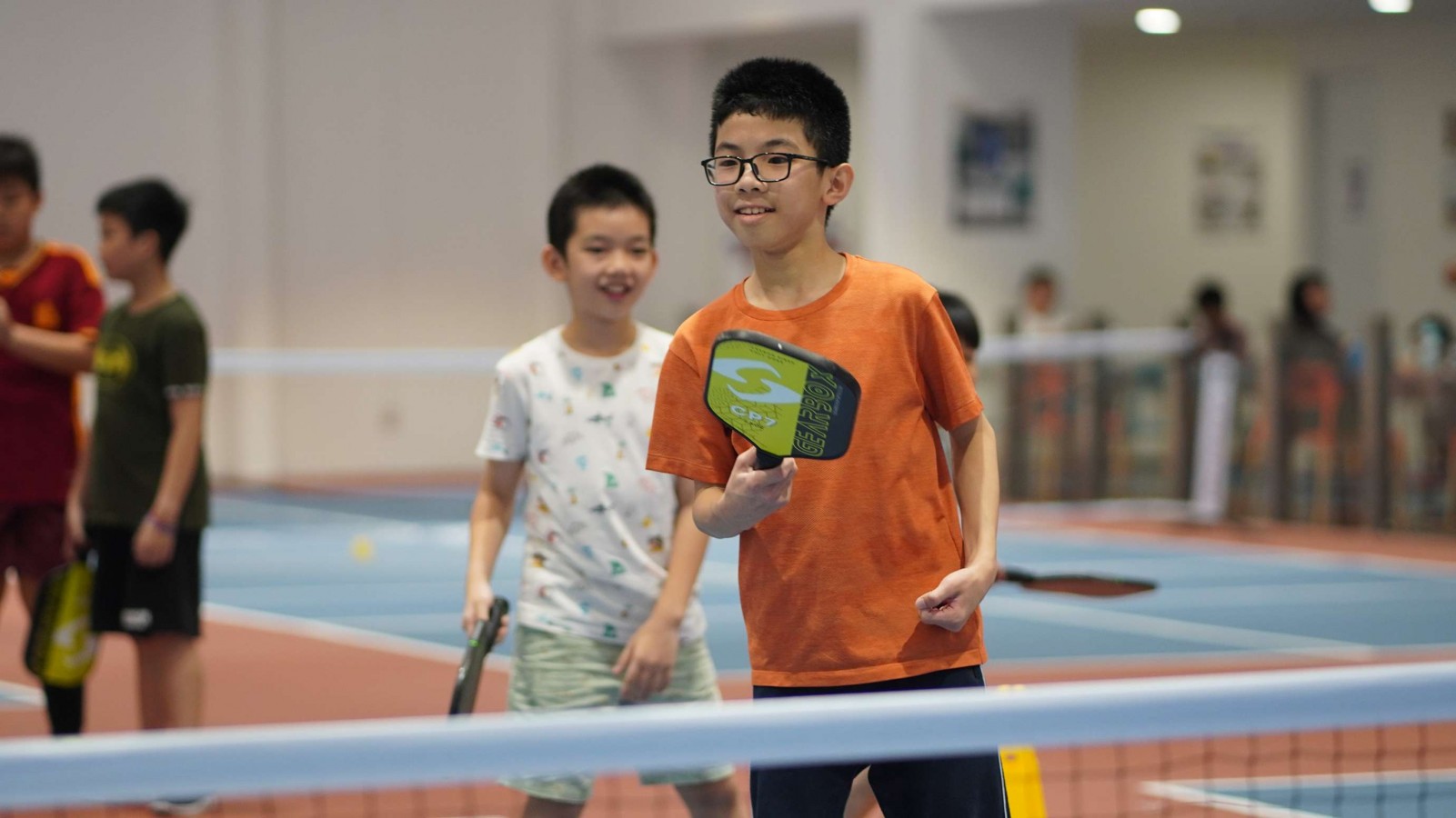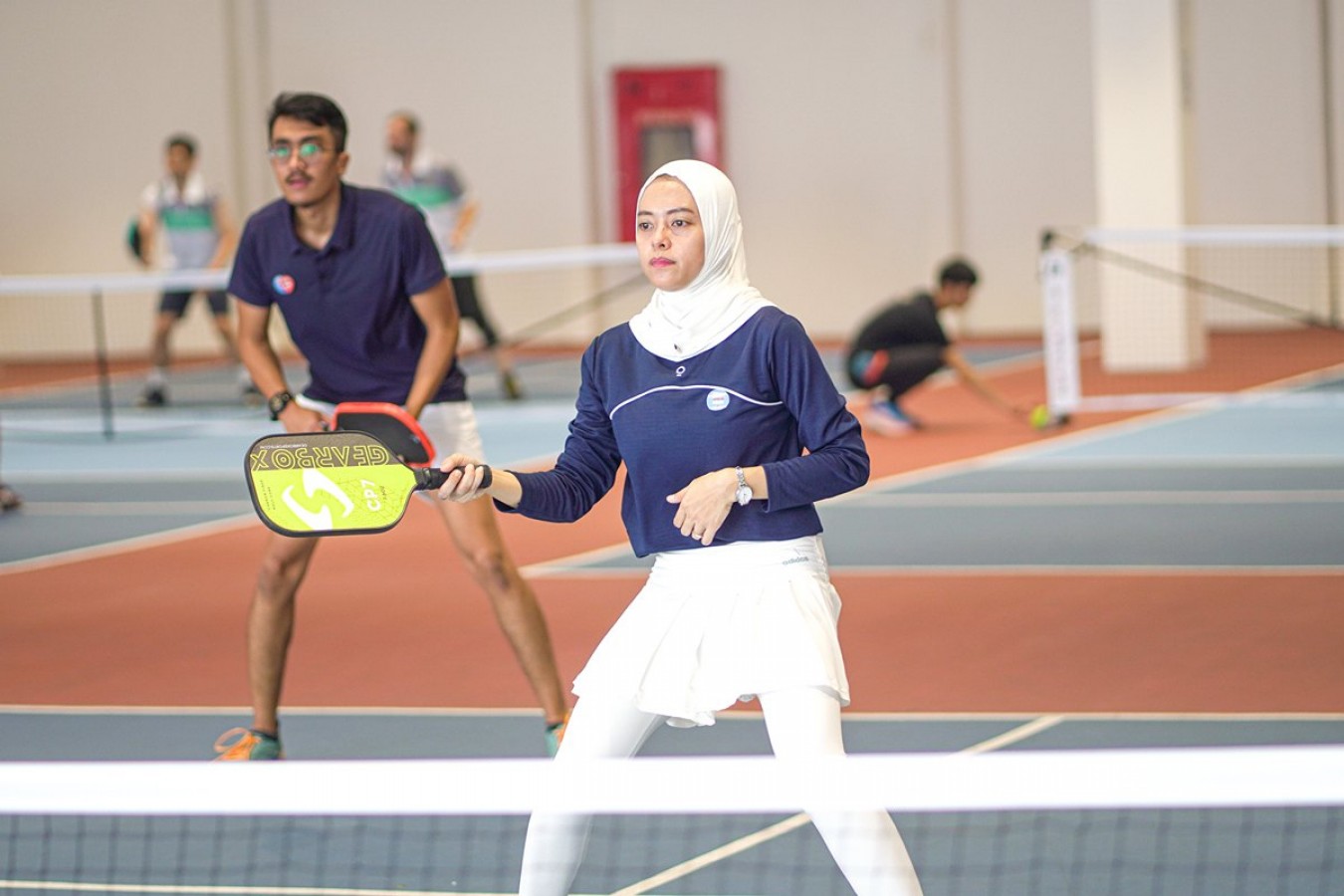Understanding How the Pickleball Two Bounce Rule Works

Pickleball is a fast-paced sport with unique rules that set it apart from other racquet sports. Among these, the "two-bounce rule" is one of the most important and distinctive aspects of the game.
In this article, we’ll break down what the pickleball two bounce rule is, the differences between the two-bounce rule and the pickleball double bounce rule, and why the rule exists in the first place.
What is the Two Bounce Pickleball Rule?
The two-bounce rule is one of the core principles in pickleball. It states that after the serve, the ball must bounce once on each side of the court before players are allowed to hit the ball in the air, also known as a volley.
This means that after the serve, the receiving team must allow the ball to bounce on their side before hitting it. Similarly, the serving team must also allow the ball to bounce on their side before they can attempt a return.
In simple terms, the rule ensures that the ball is allowed to bounce twice. Once on the serving side and once on the receiving side (before players are allowed to hit it out of the air).
This rule applies to both singles and doubles play. It prevents players from rushing the net and hitting volleys immediately after the serve, creating a more fair and strategic playing environment.
Two Bounce Rule Player Position
The two-bounce rule significantly impacts player positioning and movement on the court, particularly during the serve and return of serve. Here’s a breakdown of how player positioning works with this rule in mind:
1. Serving Team
The server must serve the ball diagonally across the court, ensuring it lands in the correct service box. Once the ball is served, the server must allow it to bounce once before they can hit it back. This means that both the server and their partner must wait until the ball has bounced on their side of the court before attempting to play it.
2. Receiving Team
After the serve, the receiving team is required to let the ball bounce once before they can return it. Once the ball has bounced on their side, they may then strike the ball in the air (volley) or allow it to bounce once more, depending on the situation.
3. After the Two Bounces
Once both the serving and receiving teams have allowed the ball to bounce once on each side, players are free to volley the ball, which means hitting it out of the air without letting it bounce.
However, players must be careful not to violate the non-volley zone or “kitchen” rule, which prohibits volleys from inside the 7-foot area near the net.
Differences Between the Two Bounce Rule and the Double Bounce Rule
The terms "two-bounce rule" and "double bounce rule" are often used interchangeably in pickleball, both referring to the rule that the ball must bounce once on each side of the court before players are allowed to volley it.
While they describe the same concept, the "double bounce rule" is commonly used to emphasize that the ball must bounce once on the server’s side and once on the receiver’s side before volleying is permitted.
On the other hand, "two-bounce rule" is the more official term used in formal rulebooks and discussions. Despite the slight variation in terminology, both terms communicate the same essential idea: players must allow one bounce per side after the serve before volleying, ensuring fairness and strategic play.
Why is There a Two Bounce Rule in Pickleball?
The two-bounce rule in pickleball helps make the game fair and enjoyable for all players by preventing the serving team from quickly dominating the net, encouraging longer rallies, and promoting strategic play.
It also supports better court positioning and teamwork while giving beginners time to react and participate more easily, creating a balanced and accessible game for everyone.
Learn More About Pickleball With Rockstar!
Understanding the two-bounce rule is a great start, but it’s just one piece of the puzzle when it comes to mastering pickleball. Before stepping onto the court, it’s important to familiarize yourself with other pickleball rules to play confidently and fairly.
Interested in learning pickleball? Rockstar Academy offers a comprehensive Sport & Performing Arts Academy programs including pickleball class. Taught by experienced coaches in a supportive environment, our pickleball classes help children develop skills, strategy, teamwork, and a love for the game.
Our pickleball program is more than just learning the basics because you are going to have fun through real game experiences. Students get the exciting opportunity to join thrilling pickleball competitions like RockOlympics and the Elite Championships, where they can showcase their progress, challenge themselves, and enjoy the spirit of friendly competition.
These events are not only a great way to develop skills, but also to build teamwork, sportsmanship, and a love for the game. Best of all, your or your child can try a free trial class before committing, making it easy to explore and discover what fits best!
FAQ
Is the two-bounce rule the same for singles and doubles?
Yes, the two-bounce rule applies to both singles and doubles play. The ball must bounce once on each side of the court before players are allowed to hit it out of the air.
Can I volley the ball right after the serve in pickleball?
No, the two-bounce rule requires both teams to let the ball bounce once on each side before volleying. After the ball has bounced on both sides, you can then hit it in the air (volley), unless you are in the non-volley zone.
What happens if a player violates the two-bounce rule?
If a player hits the ball before it has bounced once on each side, it results in a fault. The opposing team earns the point if the violation occurs on the serving team’s side.
Why do we need a two-bounce rule in pickleball?
The two-bounce rule helps prevent the serving team from dominating the game immediately, encourages longer rallies, and allows players to position themselves effectively. It also makes the game fairer, especially for beginners, by giving them time to react after the serve.
Can I step into the kitchen after the ball bounces?
Yes, you can step into the kitchen (non-volley zone) after the ball bounces, but you cannot volley the ball while standing inside the kitchen.



